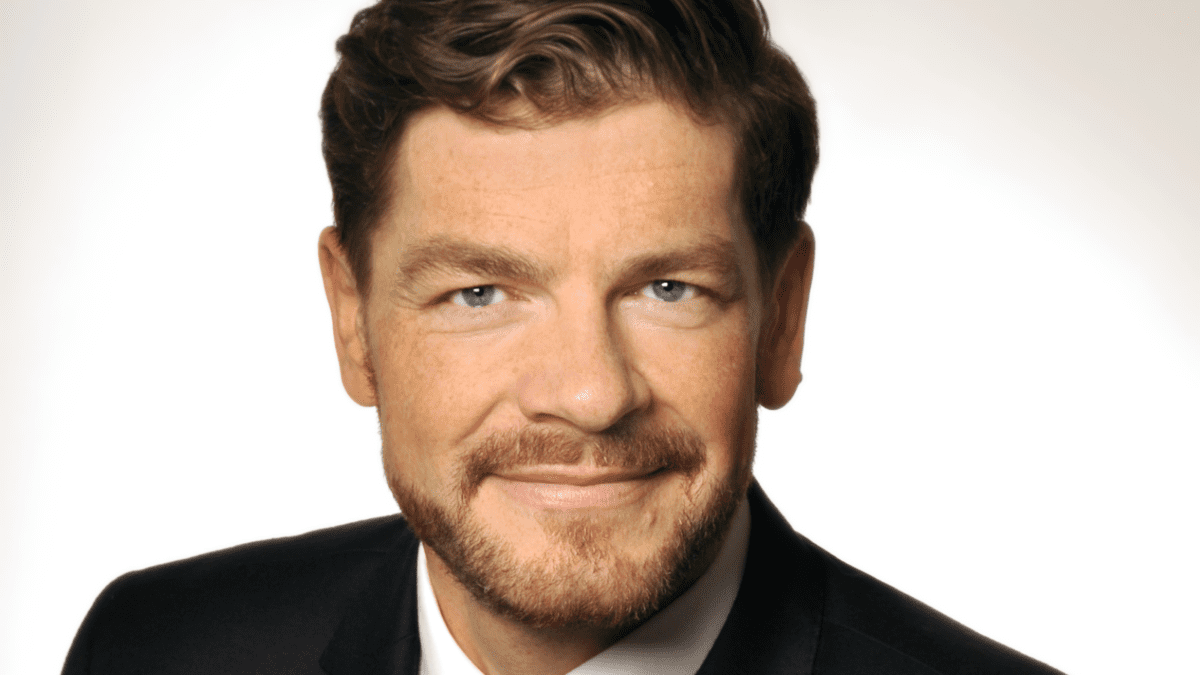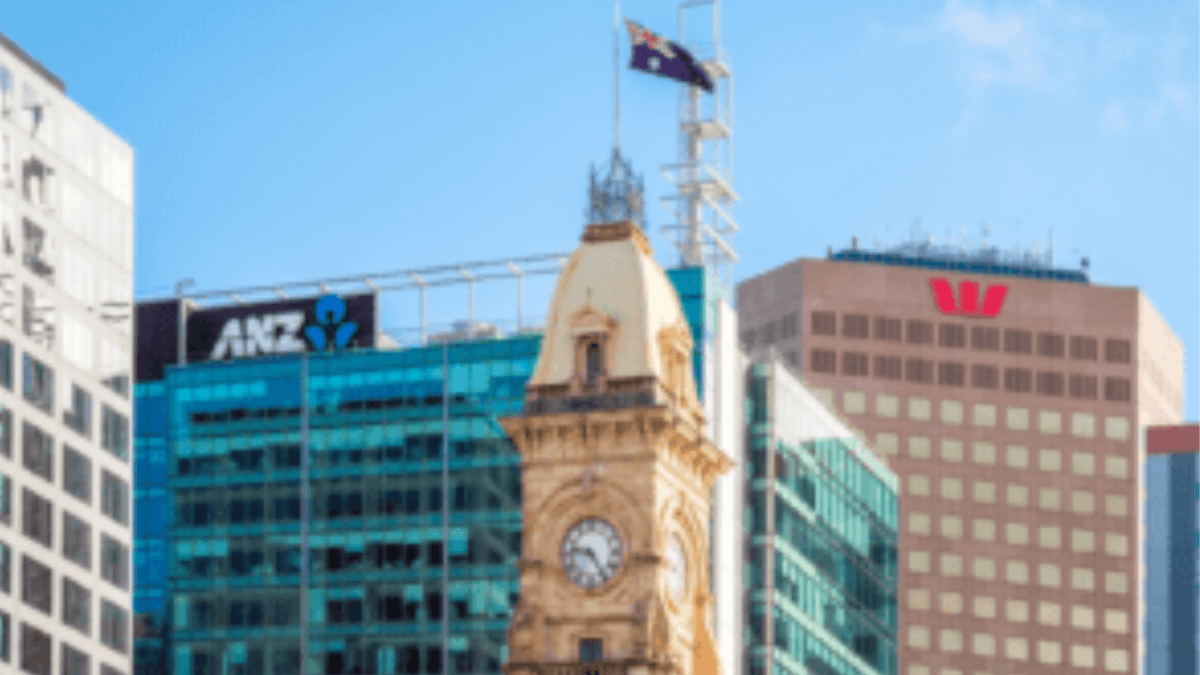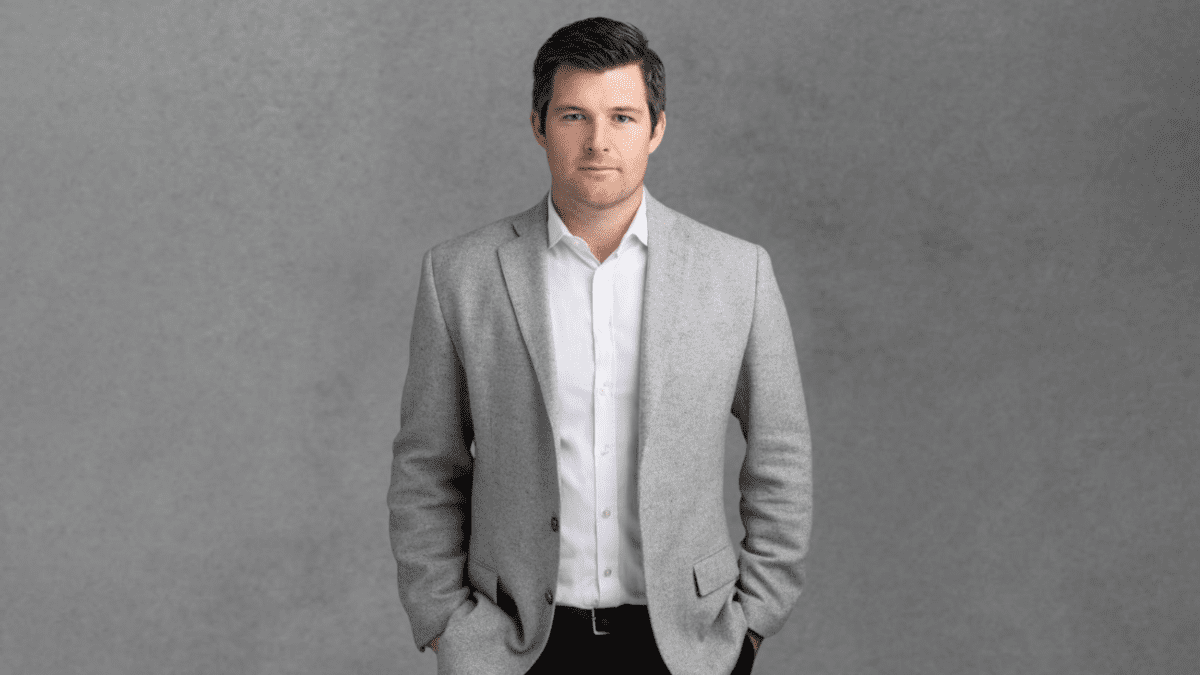High-quality global equities lead 2023 wish lists
Equity investors should stick with established and high-quality global stocks in 2023 as the focus shifts away from multiples and toward corporate earnings, according to recent market commentary.
This comes after a volatile 2022 in which equity markets recalibrated meaningfully as central banks around the world hiked interest rates to quell inflation. As the risk-free rate increased, risk assets such as equities were repriced lower to compensate for the higher opportunity cost.
This resulted in a substantial multiple compression, reflected in the full-year performance of equities: the MSCI Word Index finished last year down 17.7 per cent, and the S&P 500 sunk 19.4 per cent.
Morgan Stanley Investment Management said while the potential for further multiple compression remains, the risk has significantly reduced. For example, the MSCI World Index has retraced to now be in line with its average from 2003 to 2019.
“There are two ways of losing money in equity investing: either the earnings go away or the multiple goes away,” head of international equity William Lock and portfolio manager Bruno Paulson wrote in a research note. “The main risk we see ahead is earnings.”
Earnings uncertainty
Data from FactSet shows analysts expect the upcoming fourth-quarter earnings in the United States to decline 3.9 per cent from the prior year’s results. This would represent the US’ first decline in earnings in more than two years.
However, analysts still believe companies will deliver growth of 4.8 per cent over 2023. It’s expected to be a tale of two halves, with no growth in the first two quarters followed by a rebound in the second half of the year.
ClearBridge Investments strategist Jeffrey Schulze (pictured) said the first half will be “choppy” as the market tries to digest the ultimate direction of the economy and earnings. He believes a recession is likely in 2023, although he points to several reasons it will be a moderate rather than a deep downturn.
“Firms are still hiring at a robust pace, wage gains remain elevated, consumer spending is holding up, and Congress recently passed a $1.7 trillion spending bill,” Schulze noted. He added that robust earnings are a “double-edged sword”, as they could mean central banks are forced to keep policy restrictive in order to curb demand and labour markets.
Ultimately, the depth of a recession and the subsequent impact on earnings will depend on how long interest rates are kept high, Schulze said.
“In times of transition, it’s paramount to adhere to the old adage: don’t fight the Fed.”
Like Schulze, Lock and Paulson believe the major threat to earnings in the near term is a global economic slowdown as central banks grapple with inflation.
Over the longer term, earnings pressure could stem from the need to build more resilient supply chains or higher taxes as governments look to repair finances.
“However, with forward earnings expected to rise over the next year and margins close to record levels, we do not see earnings signalling a significant economic slowdown, let alone a serious recession,” they said.
Seek safety in quality
In order to navigate turbulent markets, investors should stick to high-quality companies with defensive characteristics, Lock and Paulson said. Multiple compression also provides an opportunity to add select high-growth equities.
“Recurring revenues and pricing power should protect revenues and margins in a downturn, providing asset owners with earnings resilience and relative predictability through tougher, more volatile times,” according to Lock and Paulson. “Among these are favourite consumer brands, mission-critical software services and quality-assured health care companies that possess strong intangible assets, which are generally difficult to recreate or duplicate by competitors.”
Schulze said the market could retest recent lows this year but that long-term investors will benefit from deploying capital “methodically and opportunistically” into equities.
“On average, the market has rallied 11.8 per cent in the year after bear market territory was reached, inclusive of subsequent losses,” Schulze said. “With the S&P 500 bear market threshold having officially been breached over six months ago, history suggests investors may turn out to be pleasantly surprised in 2023.”
He added that until there is certainty about earnings and the macro environment, investors should seek safety in quality. “Consequently, we continue to favour higher quality and more defensive areas.”









